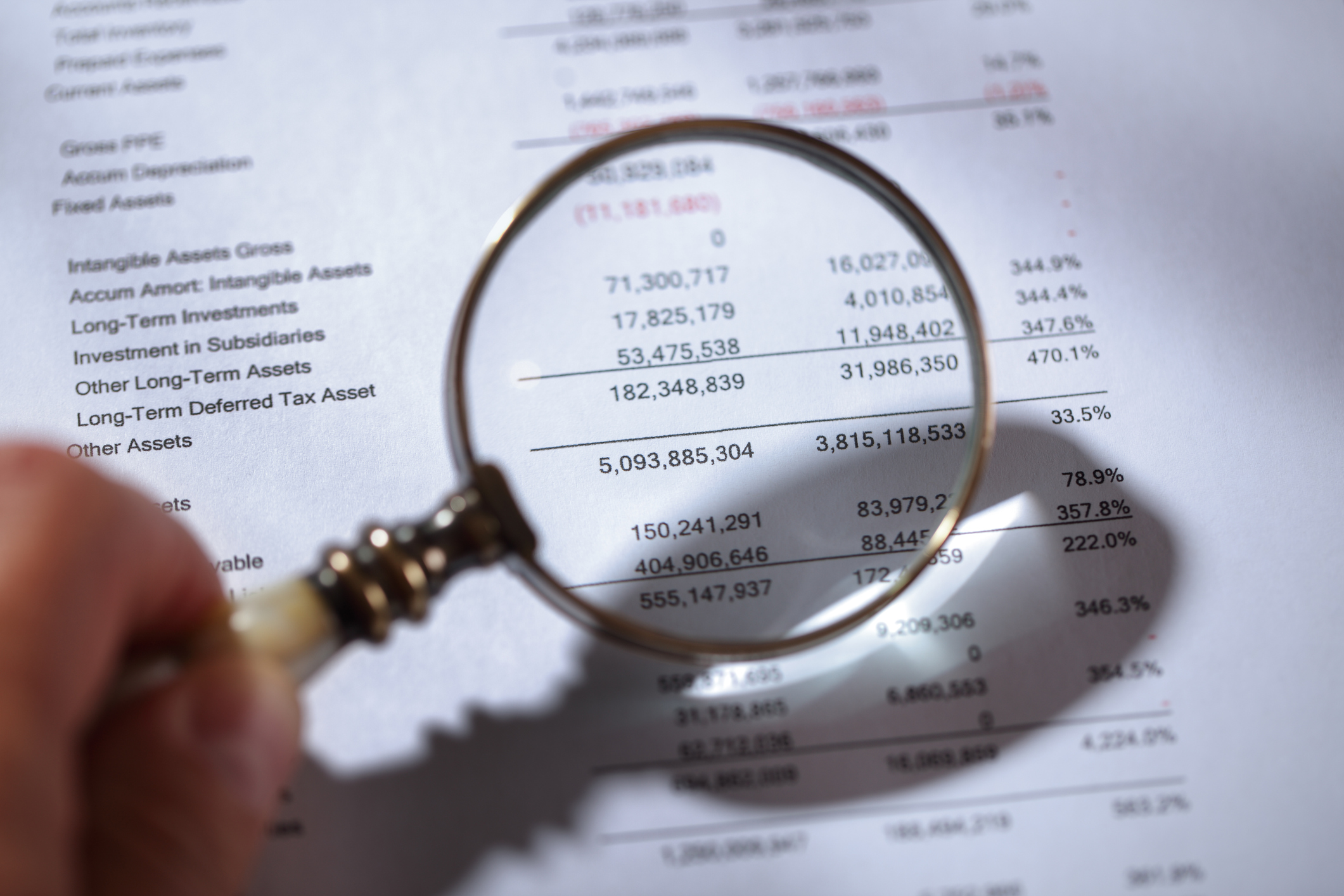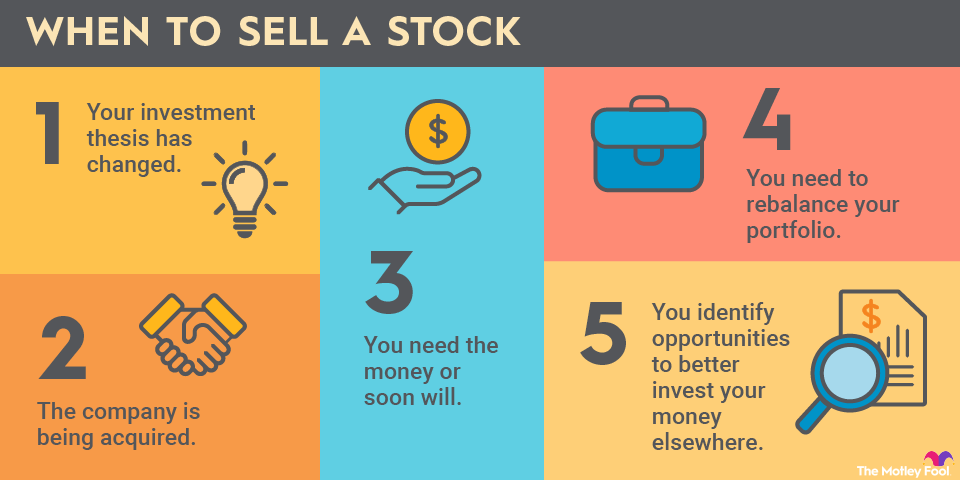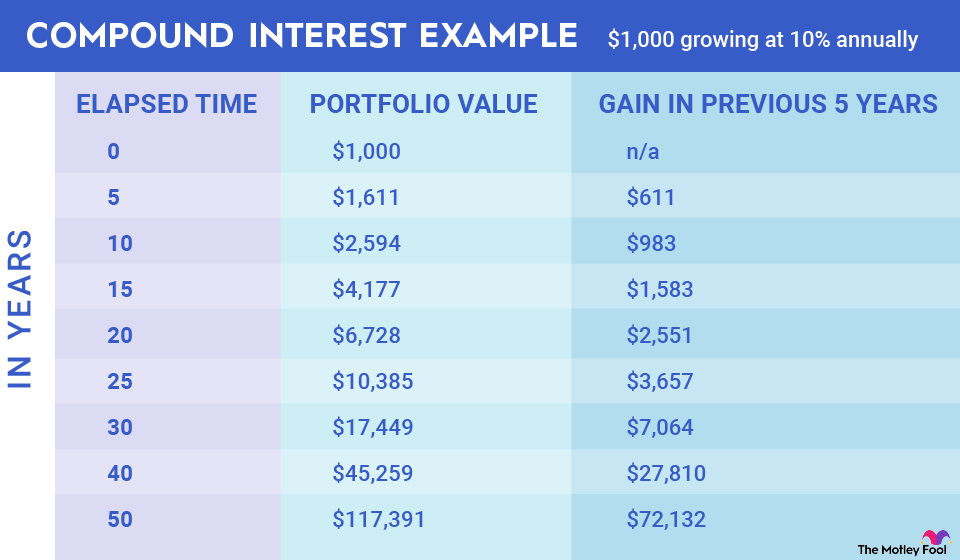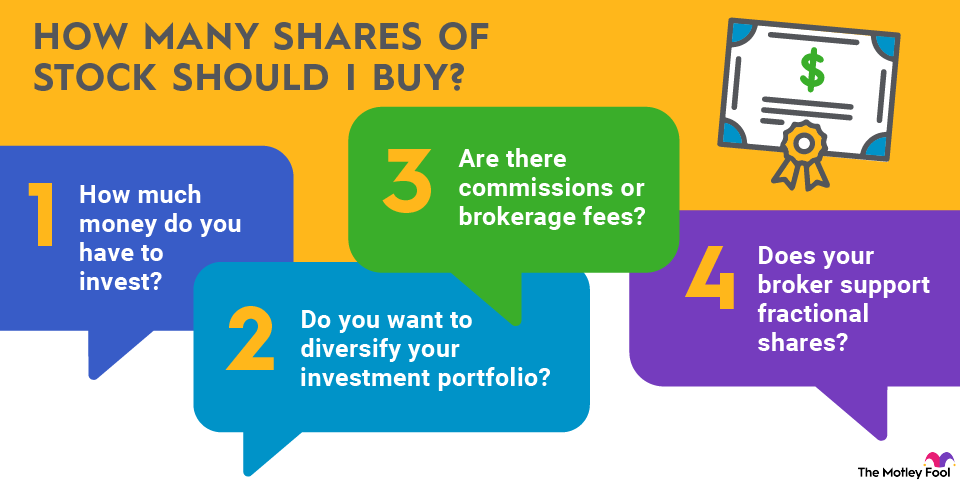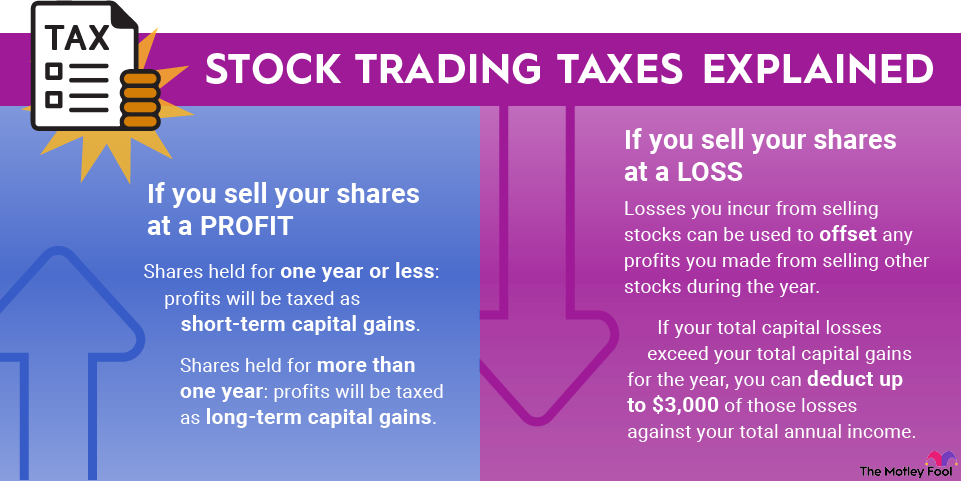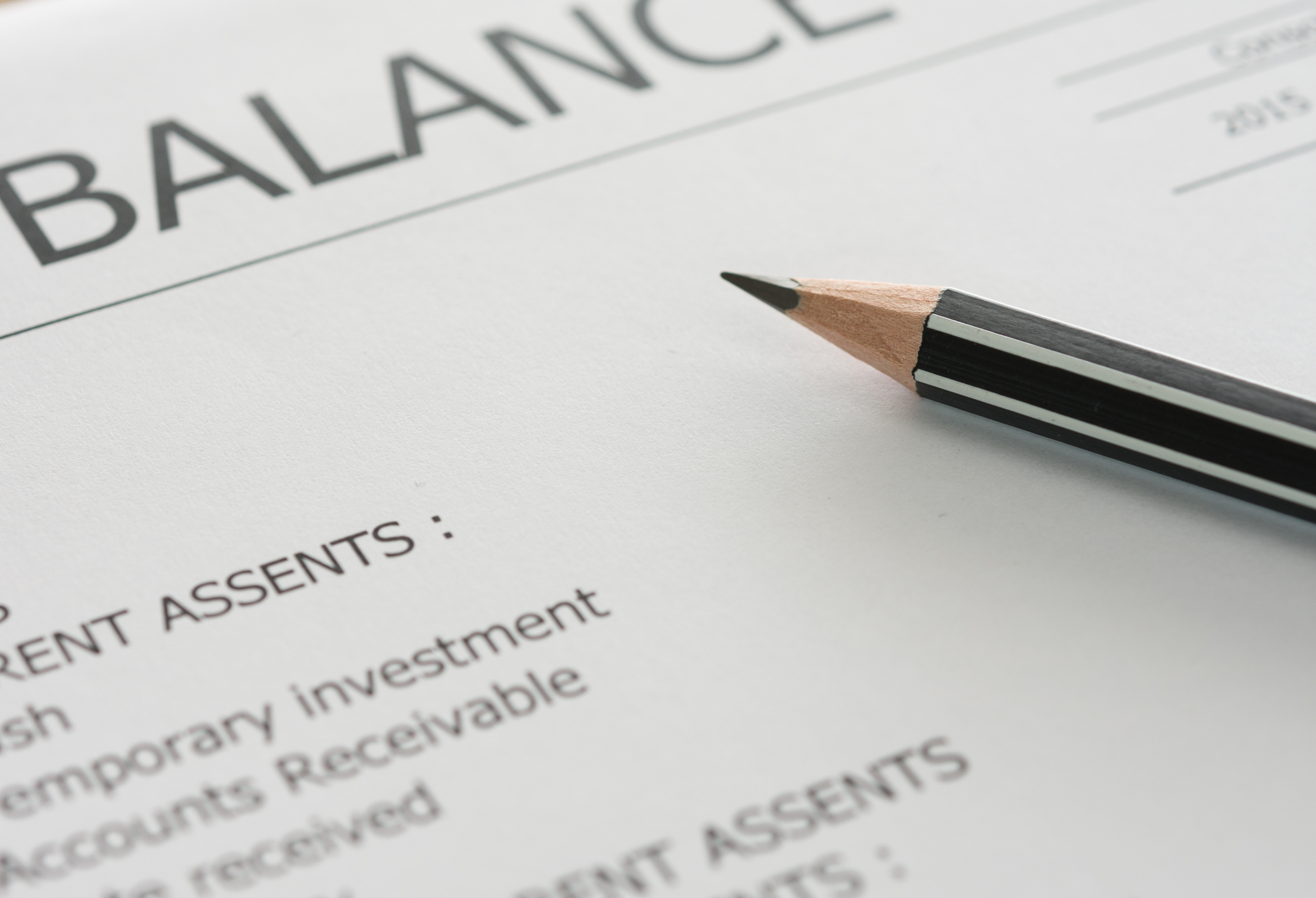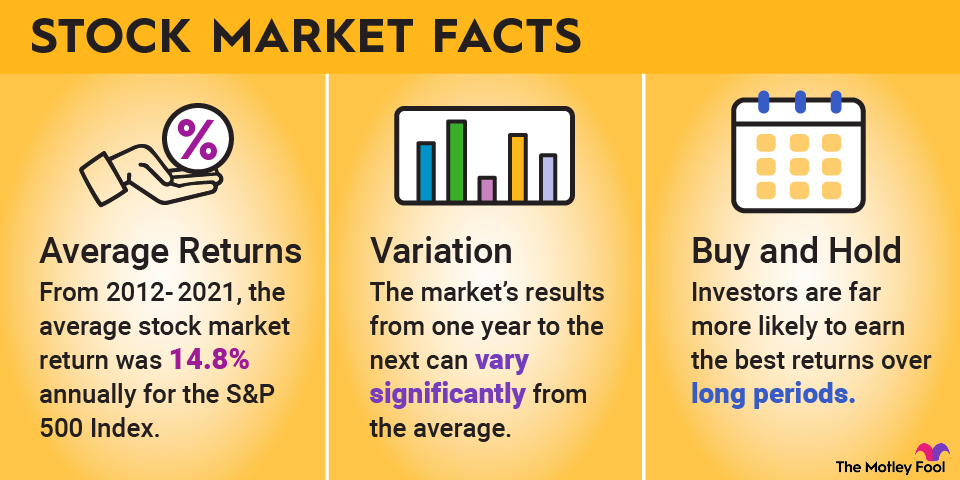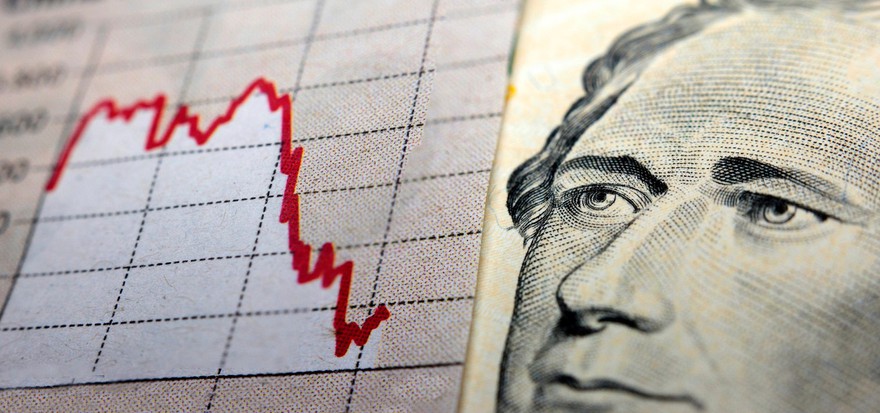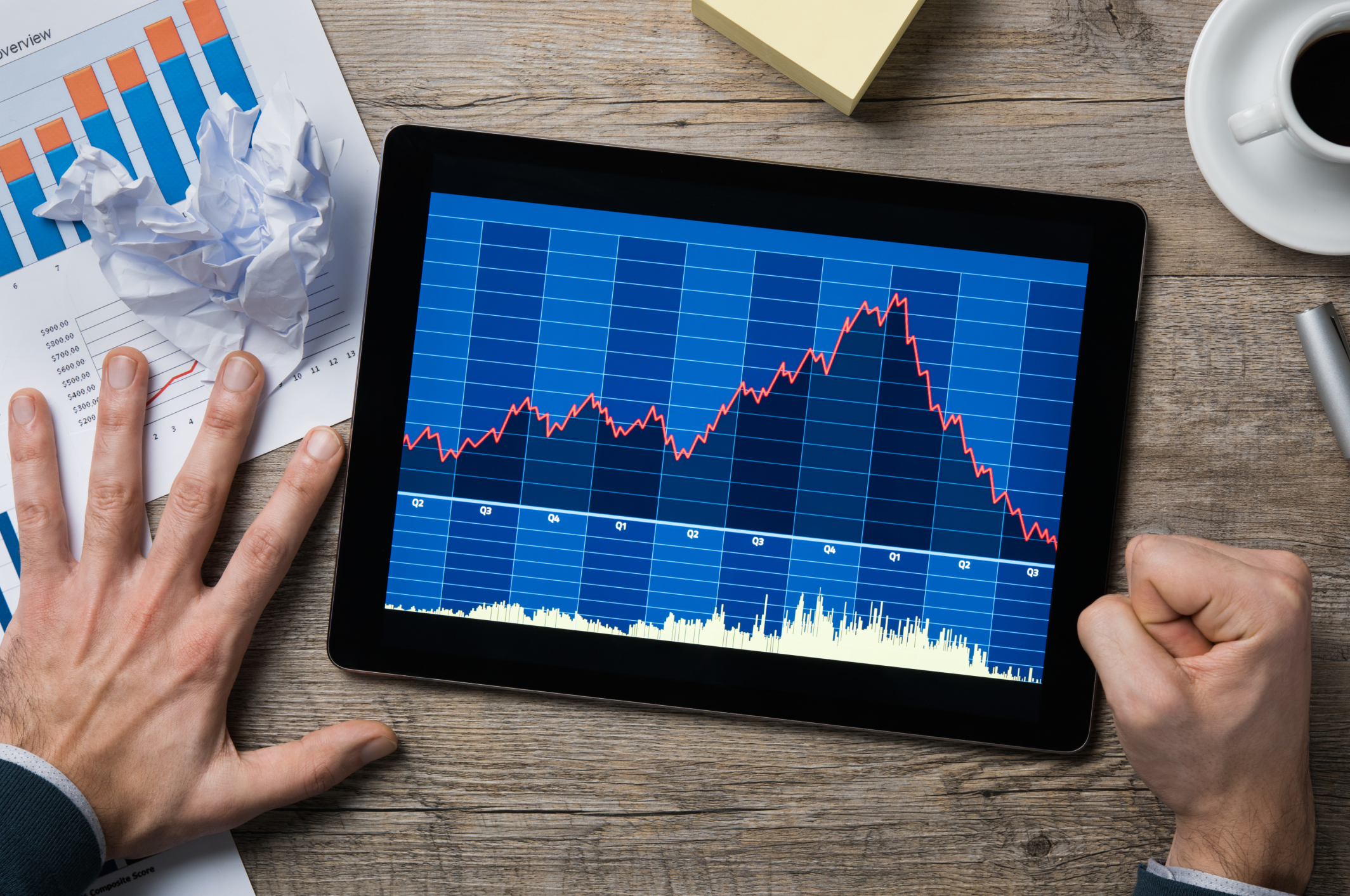
How to invest in American Airlines
1. Open your brokerage app: Log in to your brokerage account where you handle your investments.
2. Search for the stock: Enter the ticker or company name into the search bar to bring up the stock's trading page.
3. Decide how many shares to buy: Consider your investment goals and how much of your portfolio you want to allocate to this stock.
4. Select order type: Choose between a market order to buy at the current price or a limit order to specify the maximum price you're willing to pay.
5. Submit your order: Confirm the details and submit your buy order.
6. Review your purchase: Check your portfolio to ensure your order was filled as expected and adjust your investment strategy accordingly.
Pros and cons of American Airlines stock
You may want to avoid American stock if:
- You believe that competing airlines will take a bite out of American's market.
- You're worried about lawsuits and increased regulatory oversight of airlines.
- You expect inflation will continue to increase gas prices and cut into travel budgets.
- You're wary of companies that are highly cyclical, such as airlines.
- You think American shares are trading at unrealistically high prices.
- Your portfolio already has enough transportation stocks.
On the other hand, you may want to go ahead and buy American stock if:
- You think American will continue to be one of the world's largest airlines.
- You believe people will continue to flock to airports for business and leisure travel.
- You think the recent decline in inflation will continue to decrease fuel costs for airlines.
- You'd like to balance your portfolio with a stock dedicated to a specific mode of transport.
- You think American stock is undervalued and will rise as it expands into new markets.
- You're excited by American's plans to expand and upgrade its fleet.
As with any other investment, there's a short answer to whether you might consider investing in this stock: It depends. Factors that might affect your decision include the level of your portfolio diversification, personal risk tolerance, company and industry knowledge, and assessment of American's competitive position.
Stock
Is American Airlines profitable?
American Airlines is experiencing a "challenging economic environment," CEO Robert Isom said in the company's first-quarter 2025 earnings report. While year-over-year revenue rose to $12.6 billion, the company posted a $473 million net loss during the quarter.
Company officials estimated that American lost $200 million in revenue as a result of the January 2025 mid-air collision that killed 67 people over Washington, D.C. In addition, worries over the direction of the economy caused a decline in domestic leisure travel that began in February.
Despite the setbacks, the company finally reached an agreement in September 2024 with its 28,000 flight attendants, who make up the largest unionized segment of the airline's workforce. The five-year deal raised cabin crew salaries by as much as 20%.
Does American Airlines pay a dividend?
American is one of the few S&P 500 companies that doesn't pay a shareholder dividend. It halted dividend payments in 2020 during the height of the COVID-19 pandemic and hasn't restored them.
A statement on American's investor relations website doesn't offer much guidance: "In 2020, we suspended our dividend program. Any future dividend will be declared at the discretion of our Board, and will be subject to a number of economic, legal and other relevant factors."
Exchange-Traded Fund (ETF)
Will American Airlines stock split?
It's extremely unlikely that American Airlines will announce a stock split anytime soon. The airline last announced a 2-for-1 split in May 1998 as its stock price approached $150 per share. However, that occurred more than 25 years and one bankruptcy ago.
Generally, companies announce stock splits to encourage more investors to buy their stock at less-expensive prices -- not really a problem for American at the moment since it's been trading between $9 and $30 per share for the last year.
Short version: If you're an investor who believes stock splits can help rally share prices, don't hold your breath.
Related investing topics
The bottom line on American Airlines
Investors who put their money into American should be aware of the cyclical nature of the airline industry. When times are good, the returns are likely to be good; when times are bad, the returns aren't likely to be as good and may even veer into a repeat of the company's 2011 bankruptcy.
Share prices haven't impressed many investors over the last decade, but they also haven't exactly plunged into penny stock territory. If you believe that the appetite for travel in the U.S. (and elsewhere) will remain as strong in the future as it has in the immediate aftermath of the COVID-19 pandemic, American might prove to be a good option for patient, buy-and-hold investors.
